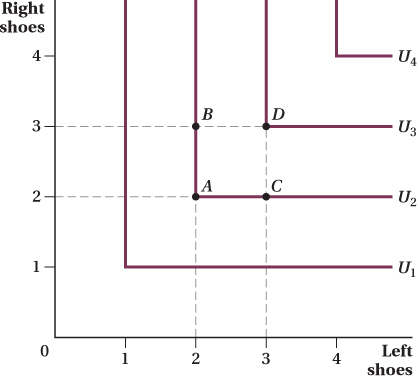
Figure 4.10 Indifference Curves for Perfect Complements
When goods are perfect complements, they have L-shaped indifference curves. For example, at point A, the consumer has 2 left shoes and 2 right shoes. Adding another right shoe while keeping left shoes constant does not increase the consumer’s utility, so point B is on the same indifference curve as point A. In like manner, adding another left shoe will not increase the consumer’s utility without an additional right shoe, so point C is on the same indifference curve as points A and B. Because shoes are always consumed together, 1 right shoe and 1 left shoe, the consumer’s utility rises only when she has more of both goods (a move from point A to point D).
